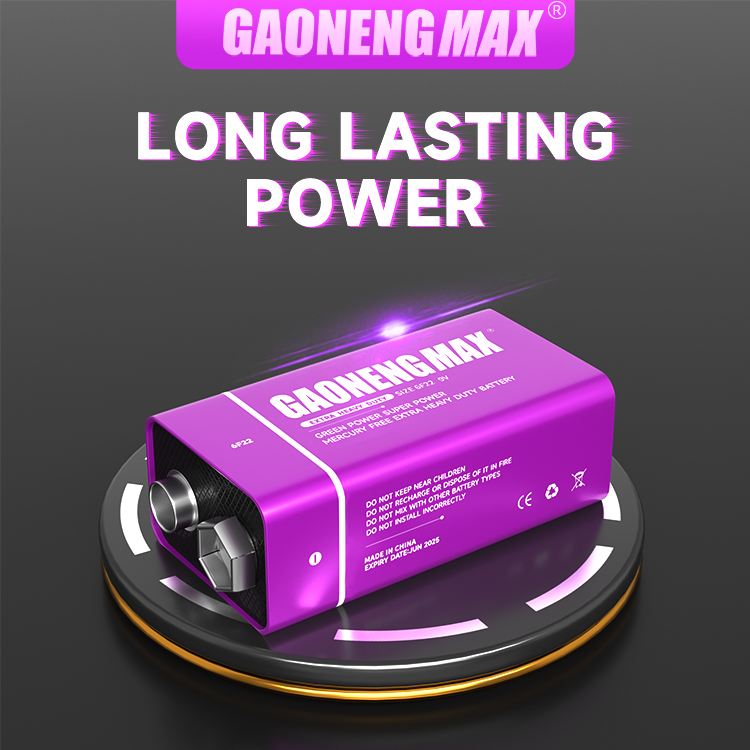

German engineers have developed new sensor technology that could reduce the weight and cost of lithium-ion batteries for electric vehicles and other types of batteries. Philipp Dost is part of a research team in Power System Technology and Power Mechatronics at Ruhr University that has developed a new concept for monitoring electrical power.
German engineers have developed new sensor technology that could reduce the weight and cost of lithium-ion batteries for electric cars and other types of batteries.
Philippe Dost is part of the research team Power System Technology and Power Mechatronics at Ruhr University, which has developed a new concept for monitoring battery current and voltage that can reduce the technical burden on batteries, as well as add New features.
Typically, electric vehicle batteries consist of a single cell that can contain up to 12 cells, each monitored by its own voltage sensor. Sensors are important for monitoring lithium-ion batteries, which can ignite if they overheat or are overworked.
In a typical electric car battery, there is a current sensor and multiple voltage sensors to do the job, and the sensors are a considerable weight and cost driver.
Low temperature lithium iron phosphate battery 3.2V 20A -20℃ charging, -40℃ 3C discharge capacity ≥70%
Charging temperature: -20~45℃ -Discharge temperature: -40~+55℃ -40℃ Support maximum discharge rate: 3C -40℃ 3C discharge capacity retention rate ≥70%
To reduce weight, Doster and his colleagues came up with a way to reduce the number of sensors previously required to monitor current and voltage in an electric car battery to just one, regardless of how many cells the battery has.
The researchers say the sensor system they developed can be extended to batteries with different cell counts. It can also be applied to other battery types such as tablets or laptops, cordless power tools, uninterruptible power supply systems and solar energy storage systems to reduce their weight and cost and increase the battery's service life.
Next, Ruhr-University engineers will continue to work on improving the technology, evaluating their prototypes more closely and replacing individual components to meet the requirements of the automotive industry.

Popular recommendation
402030 lipo battery.What are the key technologies for high-temperature nickel-metal hydride batterie
2023-10-08AA Carbon battery!Tesla avoids dependence on suppliers and develops batteries independently
2023-10-08aa battery!Ionity has built 101 ultra-fast charging piles with a power of 350 kilowatts
2023-10-08cr2032 3v lithium battery.How to Use the Lithium Battery of a Sweeping Robot Correctly
2023-10-10AG4 battery.What should we pay attention to in the winding process of 18650 lithium ion battery?
2023-10-123v Button battery.Switzerland develops all-solid-state sodium battery with new materials to prevent
2023-10-08aaa battery!Share the detailed process and precautions of the lithium battery pack production proces
2023-10-08AG2 battery!Introduction to new solar power system power generation technology
2023-10-08AG7 battery.What is the production process of 18650 lithium battery?
2023-10-12wall-mounted energy storage battery.High nickel brings high challenges Thermal management system pla
2023-10-08CR2354 battery.Rookie in the energy industry---methanol fuel
2023-10-08lifepo4 battery calb 200ah 3.2v.210mAh/g! The company breaks through the core technology of high-nic
2023-10-08